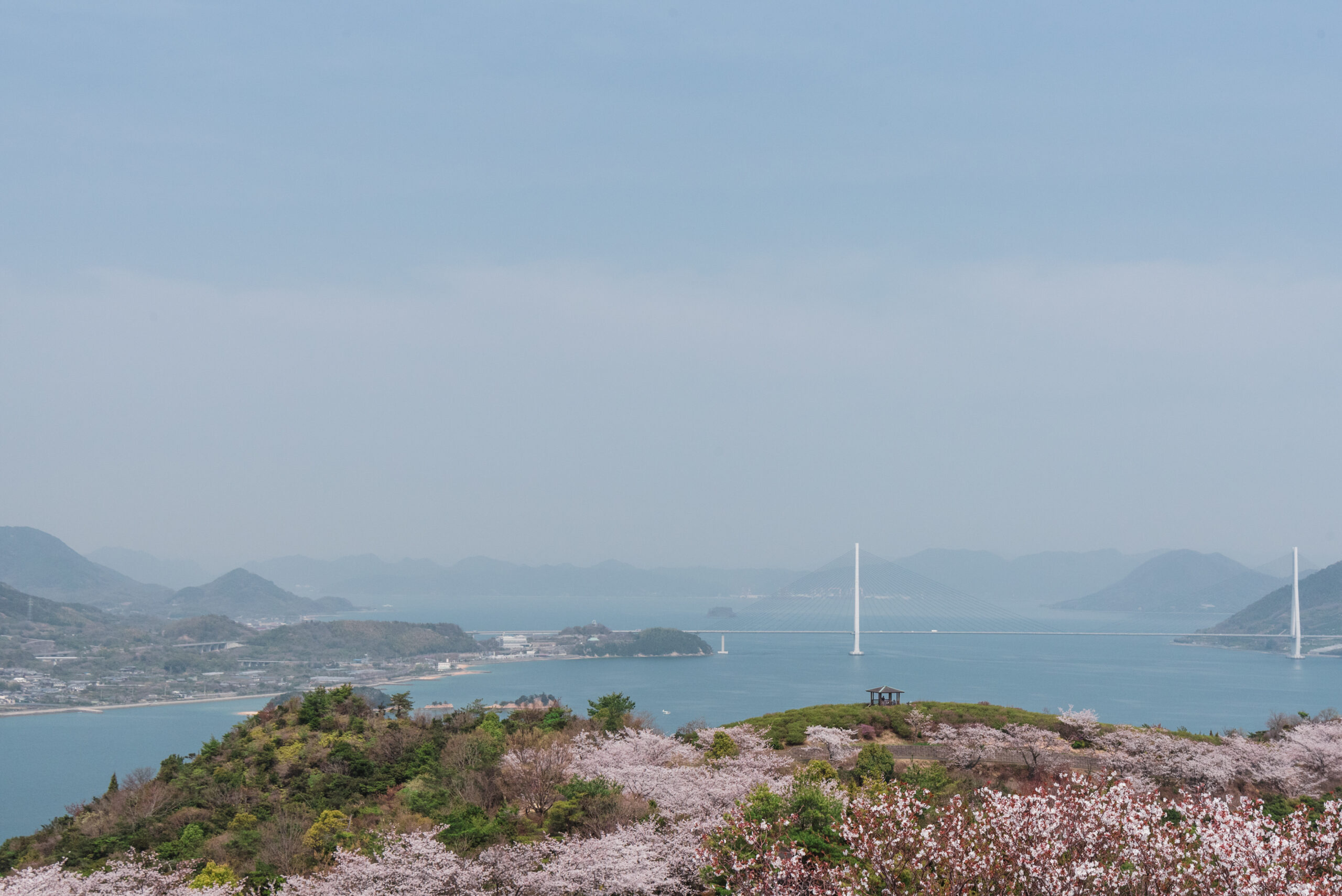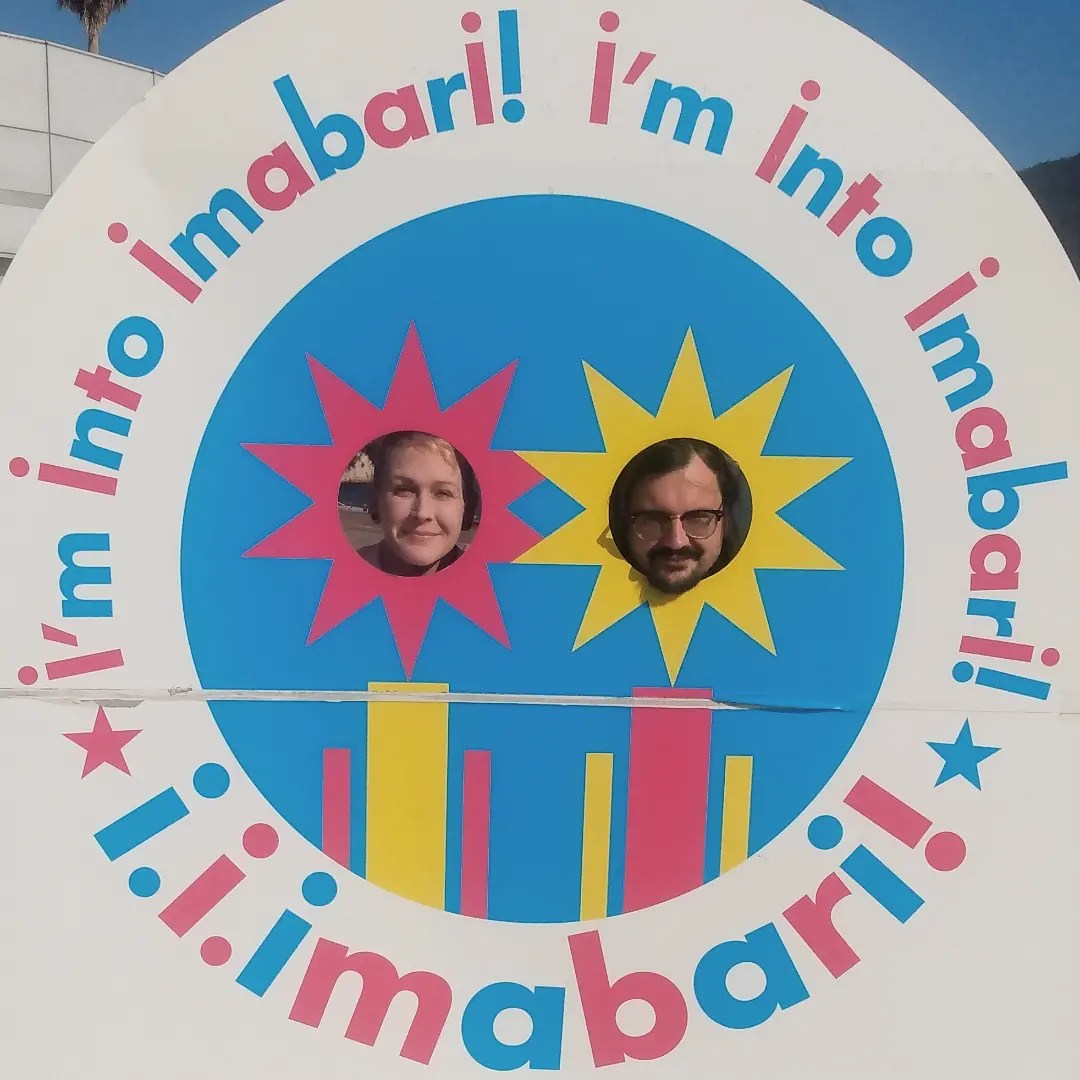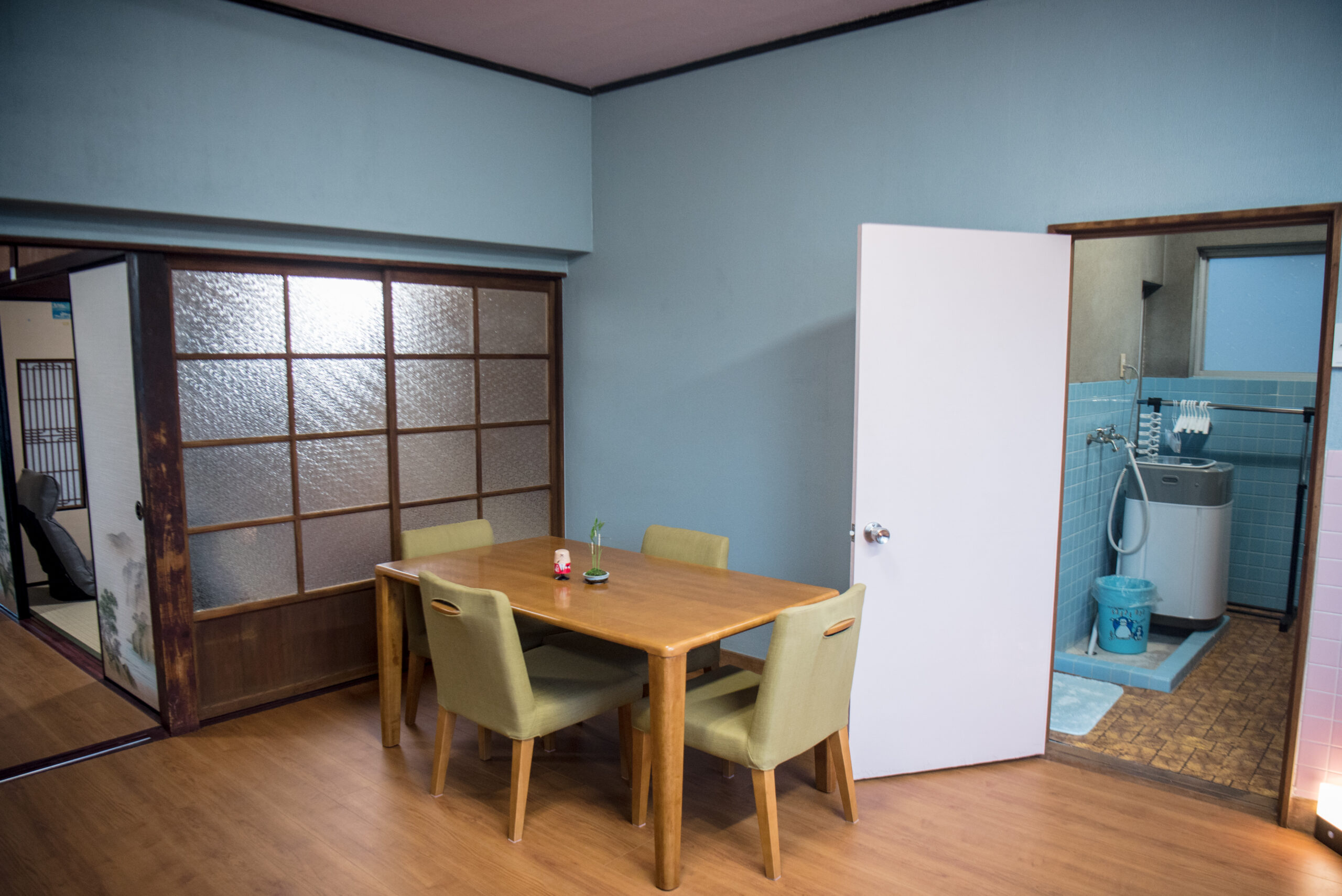Friends, it’s been a while! The first six weeks of our time in Japan have flown by, and while we’re still in the middle of a very lengthy process working towards residency visas, we have a lot of fun little updates. I’d like to share our first impressions of Omishima, how we’re settling in, where we’re at with the Startup Visa process, also just a little bit about the first “akiya” abandoned house we’re buying (!!!).
Omishima » The little island that already feels like home » Imabari, Ehime, Japan
If you’ve been following our journey for any amount of time, you probably know that we’ve been searching for a place to call home, ever since we felt compelled to pull up roots from our beloved little urban farm in New Orleans. While I wouldn’t trade our travel time for anything, our intention was never to travel indefinitely, but rather, just long enough to solidify our long-term residency outside of the US, while finding a new place to call home. We’ve been looking for a location that meets specific parameters, where we would be comfortable rebuilding our homestead. I’ve already written (at great length!) about what’s drawing us to Japan, and Omishima specifically, in our previous post Mexico and Japan: Compare and Contrast, but I’m more than happy to elaborate some more.

During our many months of research, Omishima seemed to check all the boxes. We knew the landmarks and layout of the island from countless hours “walking” around the map on street view. We learned and started following local businesses on social media. We familiarized ourselves with the history, climate, and atmosphere, of the Shimanami Kaido area. Basically, in order to take the leap, buy the plane tickets, and leave Mexico, we were totally confident this would be a great location for a small aspiring honeybee farm, and our various endeavors, for many reasons.
But even though we’d been researching the area for a very long time, what would Omishima be like in person? It’s this singular question that convinced me to give it a shot, prior to receiving our residency visas. That way, if we got here, and it was nothing like we hoped, we would only be out some time, and the cost of travel and accommodations. Thankfully, from the moment we arrived, Omishima has been more welcoming than we ever hoped!
Picture with me, if you will, a warm island surrounded by many other small islands. Connecting each of the six islands of the archipelago, from Hiroshima Prefecture in the north, to Ehime Prefecture in the south, is a series of beautiful white suspension bridges known as the Shimanami Kaido. It takes about an hour to drive the entire circumference of the island, but only about 10 minutes to get from one side to the other. The hills are lush, a beautiful mix of evergreen trees, bamboo groves, palm trees, and little pops of pink ume (plum) and sakura (cherry) blossoms. The water in the inland Seto Sea is a clear blue, calm, and the area is protected from threat of tsunamis. Sprinkled throughout the island are small groups of traditionally constructed homes and businesses that make up separate small villages. The land surrounding each village consists of an orderly patchwork of farmland (some used, some unused for decades), citrus tree orchards, and plenty of wild forest, with narrow curvy little roads. Omishima is, in all ways, picturesque.




But the real welcome has come from the people we’ve met. It’s an extreme simplification, but not entirely untrue, to say it’s an island of friendly grandmas and grandpas who were seemingly ready to take us under their wings. Just, no hesitation. All we initially expressed to the first few people we met was that we’d been reading about Omishima for months and we want to live here. Pretty much immediately, we had suggestions for which part of the island would best suit our plans, suggestions for which akiya homes might be best for us, offers to borrow their extra cars as long as we need, offers to stay in extra rooms in their homes, and even offers for farmland to use very affordably, or free. As if that’s not a warm enough welcome, everyone we meet seems to want to help us make connections with others in the community. “Oh, you need to talk to the bee guy? Hop in the car, we’ll go drop in on him together.” After just the first few days, our new friends would pop into our hotel room to invite us out for lunch, or tell us they found a field we can use, or take us to something they wanted us to see. I never expected any of that, or at least not so quickly!
Keep in mind, this warm welcome has come despite many cards stacked against us: we are without a doubt gaikokujin (foreigners) in an area with very few foreigners; Evan speaks Japanese but I have a very limited ability to communicate; and we really don’t have a lot of outside help navigating this whole process. It’s absolutely heartwarming.
We arrived in the middle of February, and I’ll be honest, after living in New Orleans and Mexico, it was chilly. The weather called for a jacket over a hoodie, a beanie, a light scarf, and some thin leggings under my pants. I found it charming that a number of people we met would reassure us “February is the coldest month!” because they seemingly didn’t want us to think it was this cold all winter long. And right on cue, as soon as March hit, the weather started warming up for spring, and by the first week of April, the weather had already warmed up to the mid-60s and low-70s.
Remember, I had initially been pretty adamant about wanting to live in a strictly subtropical climate, but I suppose a brief and mild winter won’t be so bad. After all, the beautiful palm trees were there as a friendly reminder that it wasn’t too cold. The bursts of pink blossoms started arriving in March for their grand display in April, as you can see below. And in the autumn, we get to look forward to a colorful display from the currently bare-branched Japanese maple trees.




Progress Towards Residency Visas
We knew going into this that it would be much more lengthy and complicated to achieve residency in Japan than it was to obtain residency in Mexico. I will definitely be writing some detailed posts outlining this entire process, after we’re through it. But here’s a brief summary: We’re currently in Japan as tourists, which we can do for up to 90 days, two times per year. When our current tourist status expires in mid-May, we will “border hop” to a nearby country, then re-enter Japan for a second 90-day period, which will bring us to mid-August. It’s during these six months that we’re working towards obtaining a Startup Visa from Imabari city, which is a special six month visa not offered nationwide. Once Imabari city approves our business plan, they will give us a certificate that we take to Japanese Immigration, which is essentially their way of “putting in a good word for us”. Immigration will then go through their own process to approve or deny our business plan, and determine whether or not they will issue a Startup Visa. All of this can take two to four months!
IMPORTANT NOTE: Our Startup Visa process has changed slightly from the above plan, as the process has unfolded. Once it’s complete, I’ll share the process step-by-step. Until that time, we’re going with the flow, and putting our trust in some Japanese professionals who help foreigners through this process for a living.
When approved, the Startup Visa will grant residency for six months, which allows us to do all kinds of things we can’t do as tourists, such as: open a bank account, register a vehicle, get a Japanese phone number, or establish a business, to name a few. During that six month period, we will work closely with Imabari city to nurture our fledgling business, as well as a small business consultant, and any other available resources who will help us get our business off the ground! We don’t have any concern that we will be able to make enough money to keep ourselves afloat, because we live a frugal and resourceful life. So our main concern during this time will be to earn enough money for Japanese Immigration to determine we have a viable business here. You can read more about our dreams, on the page Our Future Homestead.
We’re Buying a House!
Lastly, I suppose the news y’all have been most waiting to hear is: we’re buying a house!!! Japan has an estimated 8.5 million akiya (abandoned homes), and we’re buying one of them. Or two. Or three…?? Time will tell. But for the time being, we’re buying a great little house with a big garage and lots of potential! It was built 70 years ago (1953) and has been vacant for 10 years. We have our work cut out for us, but we have a great vision for what we can do here. Our plan is flexible, and we have a lot of options, but we’re currently envisioning this house as our first guest house, and the garage as a super cute roadside farm stand. The house is situated in a great location for attracting tourists as they ride their bicycles along the Shimanami Kaido, and it’s a short distance away from other akiya abandoned houses we’re very interested in renovating, along with many options for farmland and areas for honeybees.
And yes, if you’re wondering, we’ve started the purchase process prior to receiving residency. Buying a house is something we can do as tourists. We weighed the low cost of the house against the huge benefit of having extra months to start working on renovations, and we decided it was clearly worth the calculated risk to move forward. We hope to rebuild our whole life and homestead here on Omishima, so the sooner we start, the better.
We’ve already started cleaning and renovating! I’m documenting literally everything, with photographs, as well as our rough attempts at learning to incorporate video. And my new drone arrived today! So we will soon have more footage of this house and the area than anyone would want to see, hahaha. In the meantime, if you’re curious about looking behind-the-scenes, I’m sharing pretty much daily updates on our Benton Homestead “stories” on Instagram and Facebook, so I’ll see you there! To tide you over, here’s a tiny teaser of the garage:



Our YouTube video covering this blog, including updated information after 10 weeks in Japan ⌄
Thanks for reading,
Dani & Evan Benton




